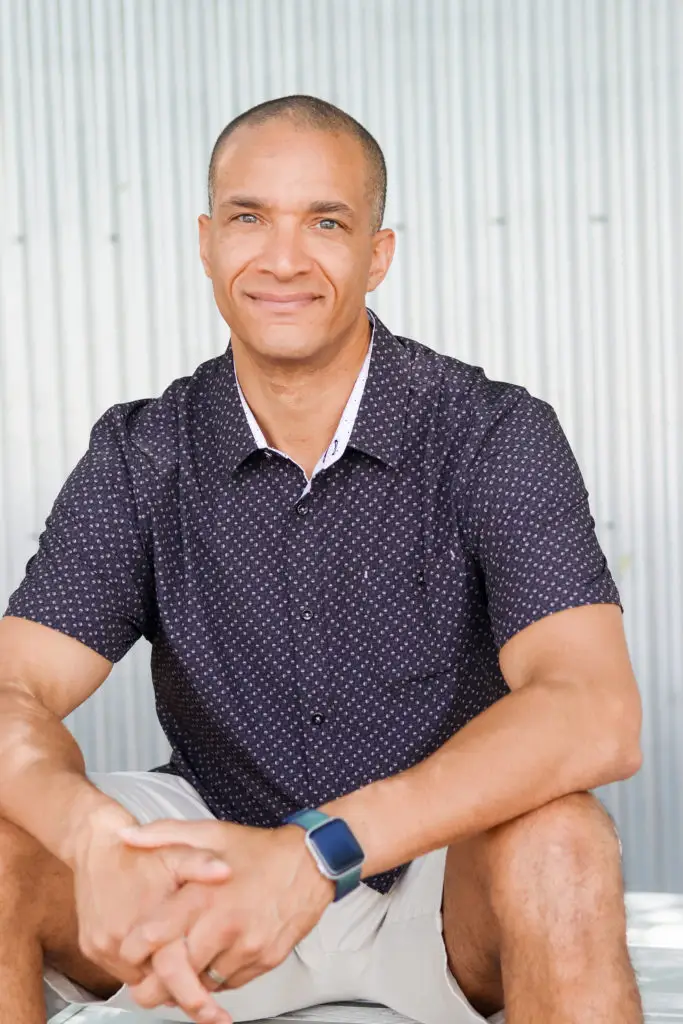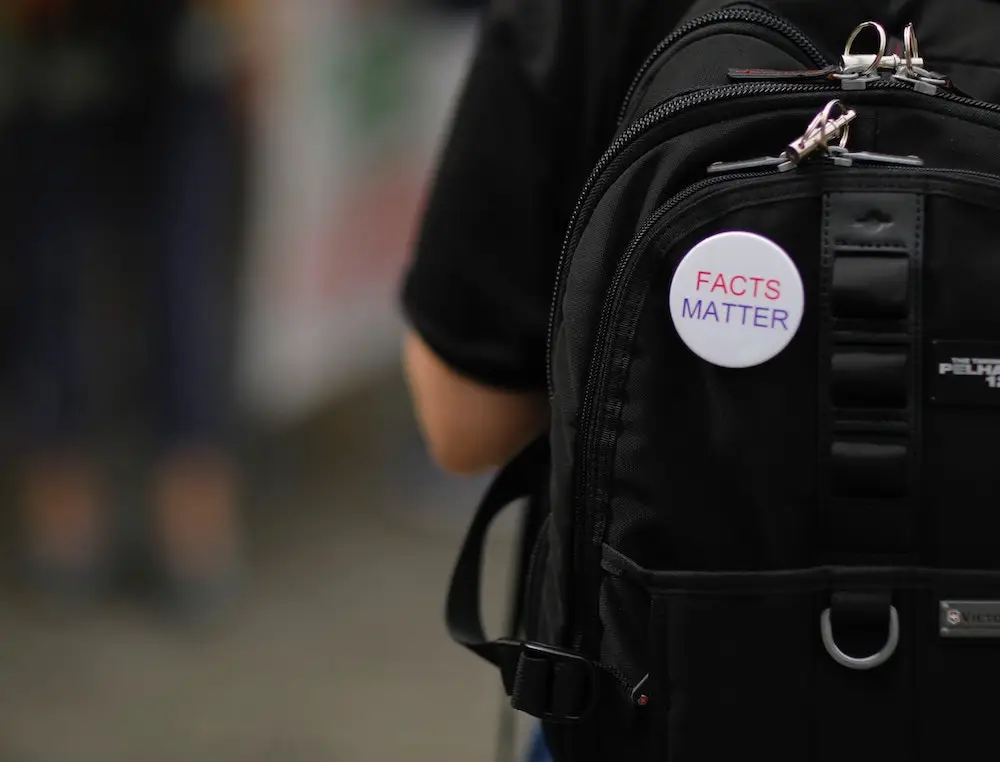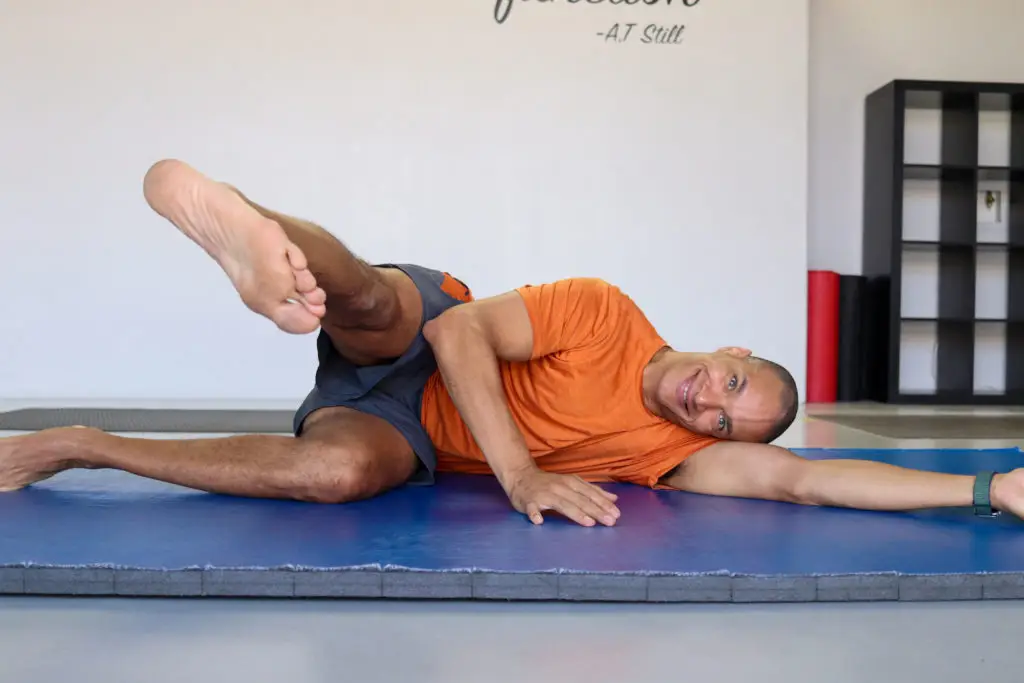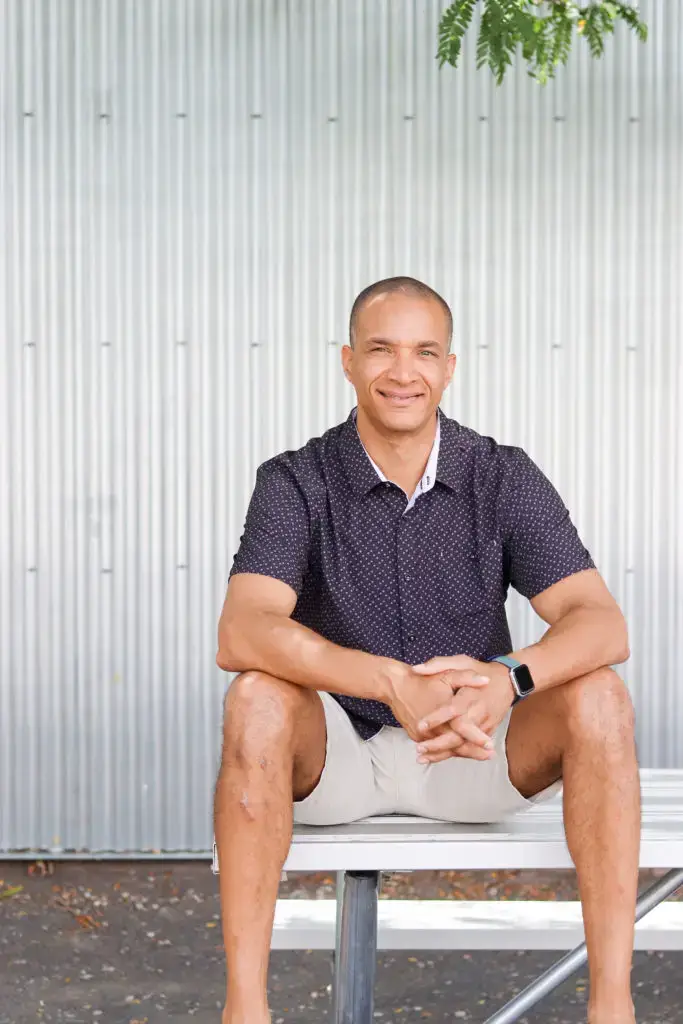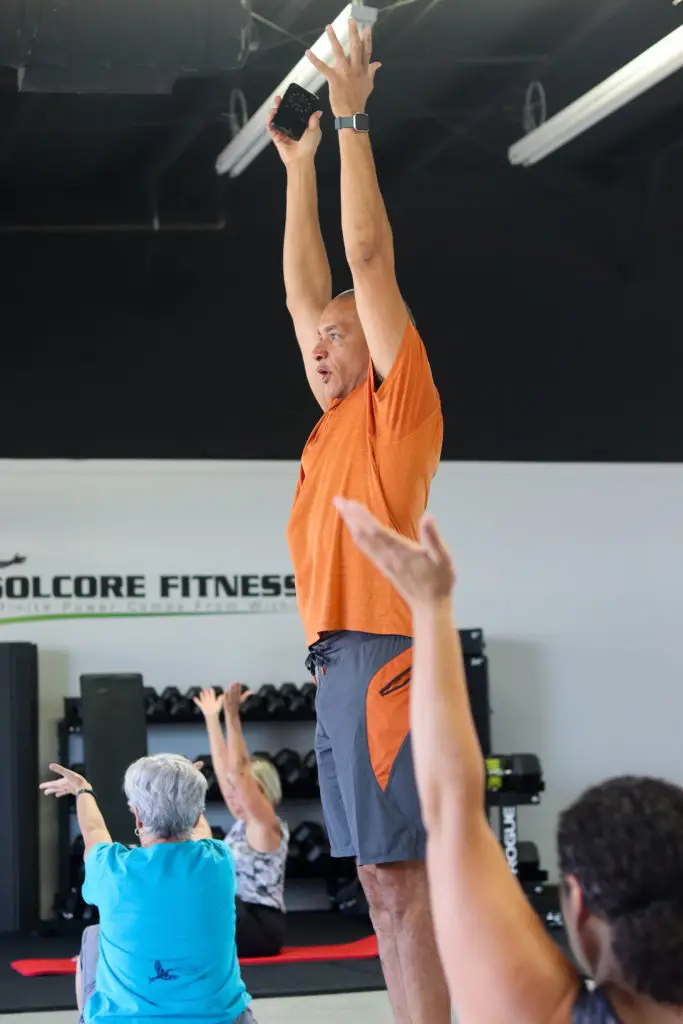
“I want to make sure I’m doing it right.” I hear this all the time from people in my program. The desire for certainty and getting things perfect comes from a good place, but it often becomes a crutch. The wish to “do it right” morphs into “I don’t want to try on my own because I’ll mess up.” Otherwise known as the “I need to be perfect” fear.
As a recovering perfectionist, I’m here to say: perfection doesn’t exist. There’s only choosing the right path, taking action, messing up, and learning—over and over. Certainty? That’s a myth.
That’s why it’s called practice. You learn by trying, not just by being told what to do. Health and fitness often ignore this. Exercise is painted as only about exertion, sweat, and getting “it” right—but real progress is built through practicing new skills, discovering what works for your body, and having the courage to keep showing up.
True challenge isn’t just about sweating more. Anyone can run at a wall and sweat; what matters is focusing your energy on what YOU specifically need. That’s physical but also mental and emotional. And the more you practice—commit, apply, and learn—the more your body responds.
You didn’t expect to ace your first day at work or school; why expect fitness to work differently? Vision, commitment, and time move you forward in every area of life including your health.
Ready to ditch perfection and learn through practice? The [HOLISTIC EXERCISE AND FITNESS PROGRAM] is designed to guide you step-by-step so you’re supported as you apply what you learn, practice by doing, and see real results.
It’s not just working out, it’s building a foundation for a better life.
Find out more @

